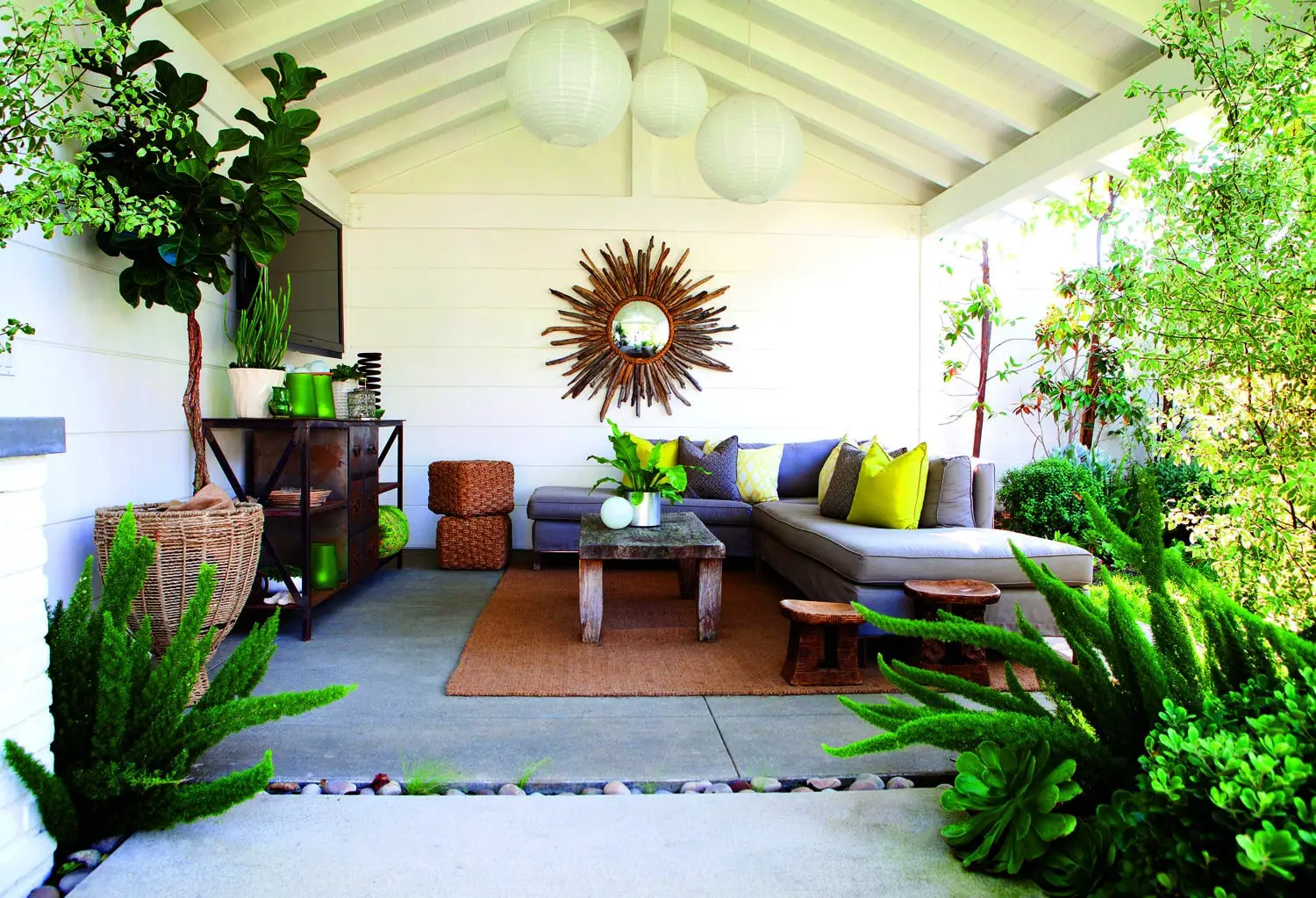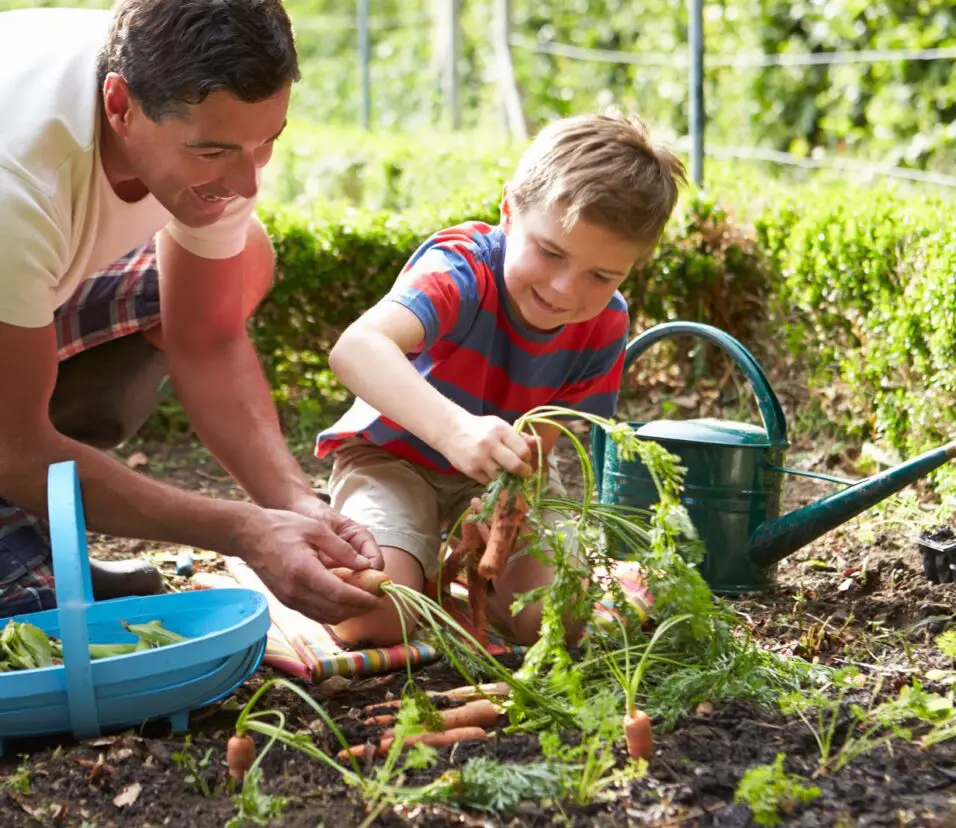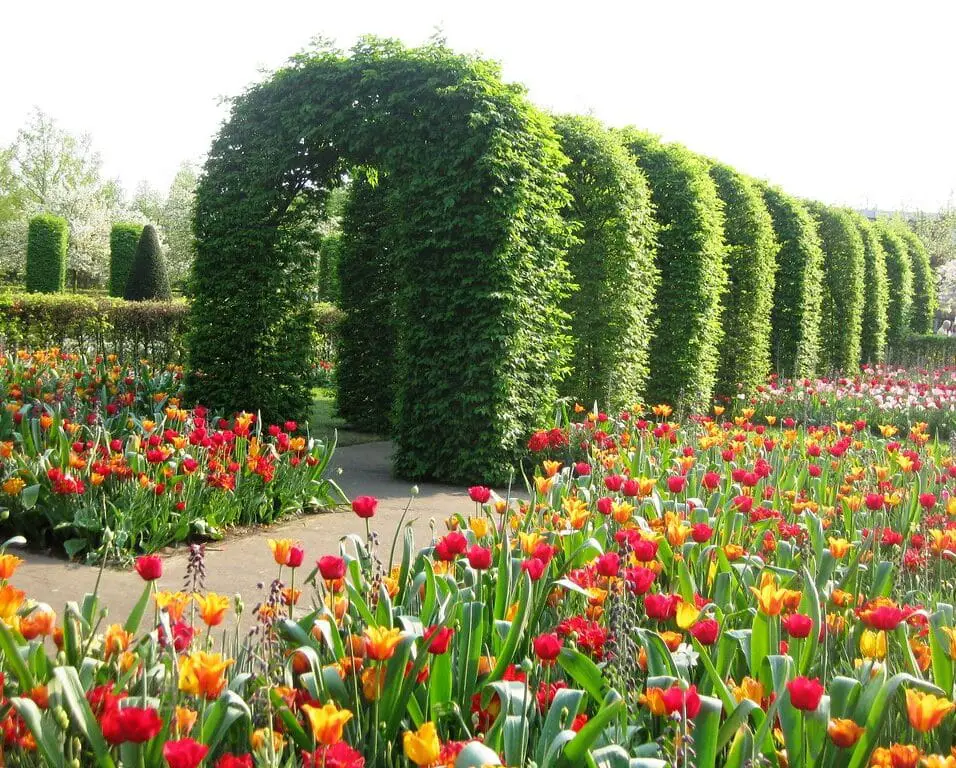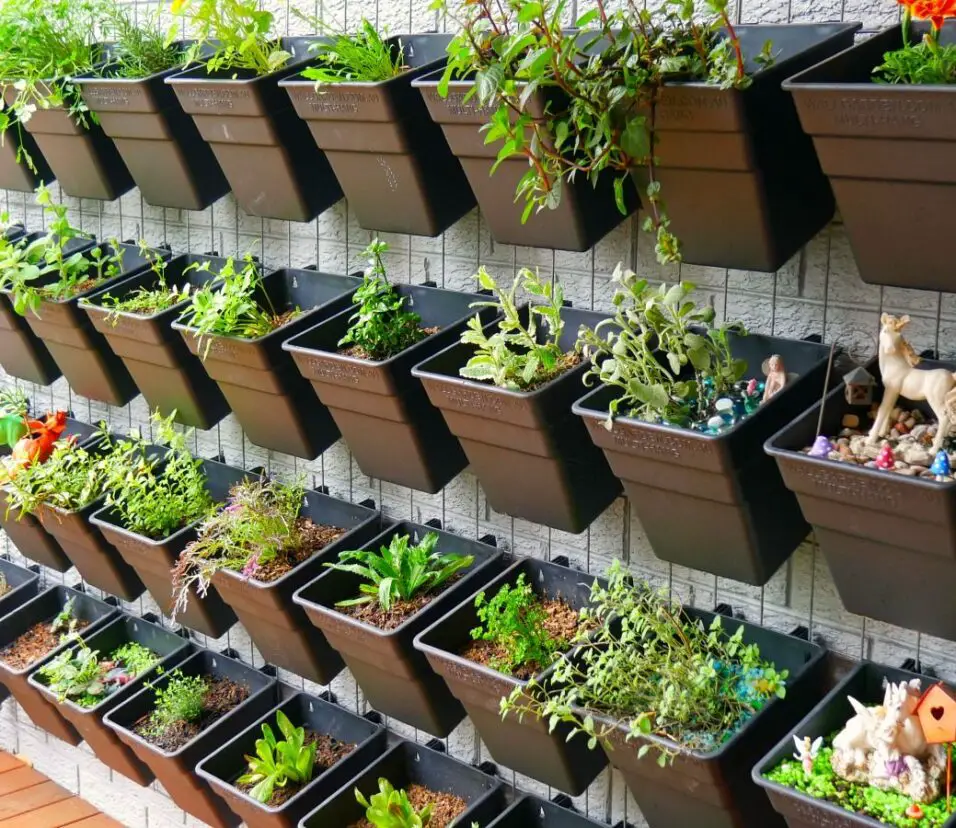How To Create A Fairy Garden Outdoors
Introduction
How To Create A Fairy Garden Outdoors: Fairy gardens have captured the imaginations of people of all ages, transforming ordinary outdoor spaces into magical realms. These miniature landscapes offer a delightful escape into a world where fairies, gnomes, and other mythical creatures come to life. Whether you are an experienced gardener or a complete novice, creating a fairy garden outdoors is a delightful and rewarding endeavor that allows you to exercise your creativity and nurture your love for nature.
A fairy garden is a small-scale garden design that replicates the charm of a mystical forest or secret fairy glen. It features a harmonious blend of tiny plants, charming miniature accessories, and thoughtful design elements that transport visitors to a realm of wonder. The process of crafting a fairy garden encourages you to tap into your inner child, where imagination knows no bounds, and the ordinary can be transformed into the extraordinary.
The beauty of creating a fairy garden hose in its versatility. It can be adapted to suit any outdoor space, be it a sprawling backyard, a cozy patio, or a simple windowsill garden. Additionally, the possibilities for customization are limited only by your imagination. You can design a fairy garden around a specific theme, like a magical forest, a seaside retreat, or an enchanted fairy village. This opens up opportunities to incorporate unique elements that resonate with your personal style and preferences.
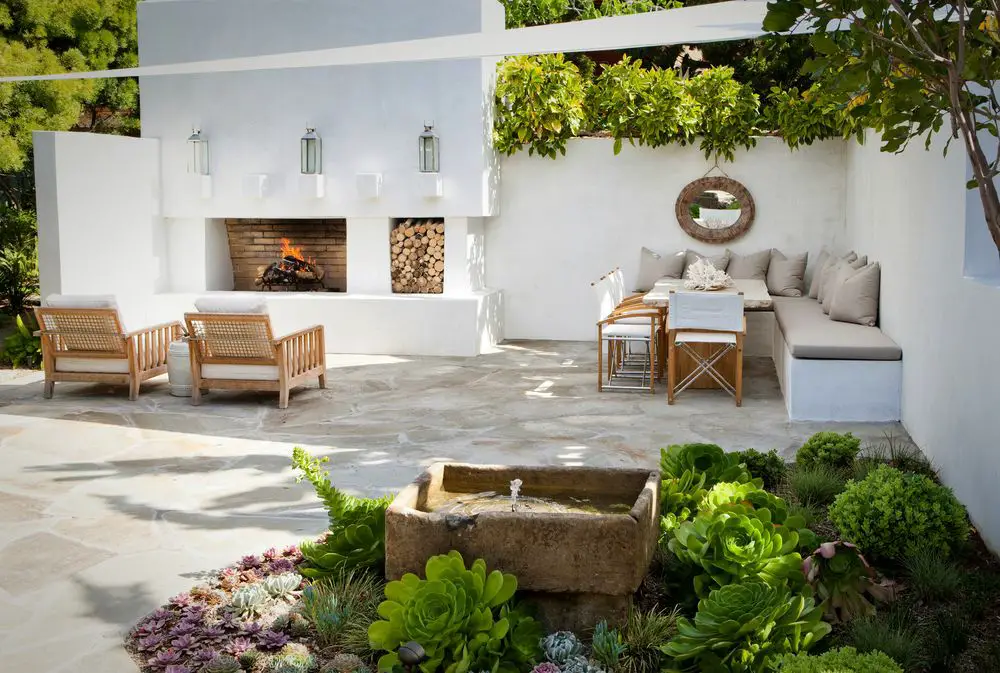
Can you put a fairy garden outside?
They are easy to build inside or outside and don’t cost much. You can make a cute one for little money with things you already have. Put one on a small yard or patio.
There are many good reasons to make an outdoor fairy garden. First, it lets you build a cute little garden using sunshine and nature. The seasons and weather make the land real and beautiful.
When you go outside, you have more room and freedom to make more complicated fairy yard decorations. With rocks, trees, and plants, your yard can look lovely. You can hang fairy houses or wind chimes that sway when the sky is clear.
Where you put an outdoor fairy garden is important. Think about planting plants in sunny spots. Shade can also keep plants and accessories that are easily damaged from getting too much direct sunshine. Fairy gardens look great with raised flower beds, big pots, and old tree stumps.
Take the temperature and the types of plants into account when you garden outside. Plants that do well in your climate and let water drain away will keep your yard from getting too wet when it rains.
What is the best thing to make a fairy garden?
What is the best thing to make a fairy garden with? There is no best thing to make a fairy garden with as long as your imagination is flowing! We like to start with a planter with drainage and potting mix as a base. From there, we customize with rocks, pebbles, and accessories.
The best thing to make a fairy garden is a combination of imagination, creativity, and a selection of carefully chosen elements. A fairy garden is a miniature world where the ordinary is transformed into the extraordinary, and the possibilities are limited only by your dreams and ideas.
To start, envision the theme and style you want for your fairy garden. Consider what type of magical world you’d like to create – whether it’s an enchanted forest, a whimsical fairy village, or a coastal paradise. This will guide your choices and help you curate a cohesive and captivating design.
One of the essential elements of a fairy garden is the container or plot in which you’ll create your magical realm. Choose a container that complements your theme, such as a rustic wooden box, a large planter, or an old barrel. Ensure that the container has proper drainage to keep your plants healthy.
The foundation of your fairy garden is the plants. Select tiny, slow-growing varieties that fit your theme and climate. Succulents, mosses, and small ferns are popular choices due to their resilience and fairy-like appearance. Consider plants that resemble trees for a more authentic forest ambiance or colorful flowers to add pops of enchanting colors.
Next, introduce miniature accessories and decorations to bring your fairy garden to life. Fairy houses, little bridges, tiny furniture, and whimsical figurines can create an atmosphere of magic and wonder.
How do I attract fairies to my fairy garden?
Fairies are amazed by crystals, quartz, and agate. Make your yard look nice and put chairs for the kids there. Fairies like images, so you might want to add a mirror or a water dish to your yard.
It will move in to a beautiful yard if it looks nice. Fairies might not come to your yard, but it can make them want to come.
Think about designing a fairy garden. Imagine a world from a story. The mood is lovely when there are pretty flowers, ferns, and mosses. Fairies like waterfalls and small ponds that look like their world.
Small decorations that go with the fairy garden will make it look better. A fairy garden can be made with simple fairy houses, pretty furniture, strange sculptures, and simple lights. Fairies and nature can be reached through wood, stone, and shells.
What kind of container for fairy garden?
An old box, basket, bin or crate makes an economical great fairy garden container. Try using an old apple crate, which would give you the opportunity to make your fairy garden portable. Follow these 14 tips for planting succulents outdoors.
When it comes to creating a fairy garden, the choice of container is a crucial decision that sets the stage for your magical miniature world. The container serves as the foundation of your fairy garden, so it’s essential to select one that not only complements your theme but also provides enough space for your creativity to flourish.
Planter Pots:
These are a popular choice for fairy gardens, especially for smaller-scale designs. You can find a wide variety of planter pots in different shapes, sizes, and materials, such as ceramic, terracotta, or resin. They offer excellent drainage and are easy to move around if needed.
Wooden Crates or Boxes:
Rustic and charming, wooden crates or boxes add a natural and whimsical touch to your fairy garden. They are ideal for creating larger fairy gardens or even multiple levels to add depth and complexity to your design.
Hanging Baskets:
For those with limited outdoor space, hanging baskets can be a fantastic option. Hang them from a tree branch or a porch hook to elevate your fairy garden and create a magical floating effect.
Old Barrels or Tubs:
Repurposing old barrels or tubs adds character to your fairy garden. Their ample space allows for larger-scale creations and offers a rustic look that suits various themes.
Tea Cups or Planters:
If you’re looking to craft a tiny and adorable fairy garden, consider using tea cups or small decorative planters. They add a touch of elegance and work well for miniature indoor fairy gardens.
Wheelbarrows or Wagon Planters:
These larger and movable containers add a whimsical touch to your fairy garden, evoking the image of fairies on an adventurous journey.
Tree Stumps:
For a natural and woodland feel, consider using a hollowed-out tree stump as the container for your fairy garden. It seamlessly blends with the environment and makes it look like fairies have created their abode within the trees.
How do you make a simple fairy house?
Building the Fairy House
Take an old piece of cardboard or scrap wood and decorate it to look like an outdoor setting. Add moss to look like grass, twigs to look like miniature trees, and pebbles to look like boulders. You might even want to build the fairy house in a container garden. Put the fairy house together.
Making a simple fairy house is a delightful and straightforward DIY project that allows you to bring the magic of fairies to life. With a few basic materials and a sprinkle of creativity, you can create an enchanting abode that will be the perfect addition to your fairy garden or indoor display.
Gather Materials:
To begin, collect materials such as small twigs, pinecones, pebbles, and dried leaves. You will also need a hot glue gun, craft glue, scissors, and a base for your fairy house, such as a small wooden block or a flat rock.
Create the Structure:
Start by forming the base of the fairy house using the wooden block or rock. This will serve as the foundation for the rest of the structure. If using a wooden block, you can shape it with a saw or sandpaper to create the desired shape.
Build the Walls:
Use the small twigs to create the walls of your fairy house. Arrange them around the base, gluing them together with a hot glue gun. For a rustic look, you can leave gaps between the twigs to resemble a wooden cabin.
Craft the Roof:
For the roof, use pinecones or pieces of bark. Position them on top of the walls, creating an overlapping effect like shingles. Secure them with hot glue or craft glue to ensure they stay in place.
Add Details:
To make your fairy house even more charming, add small details such as a tiny door made from twigs or leaves, miniature windows, and a pathway leading to the entrance. You can use pebbles for the pathway and create windows with small pieces of clear plastic or crafting material.
Decorate the Interior:
If you like, you can also decorate the inside of the fairy house. Place a small piece of fabric or moss as a carpet, and add tiny furniture or accessories to make it cozy for the imaginary fairy inhabitants.
Personalize with Paint:
For a finishing touch, you can add a touch of color with acrylic paint. Paint the door, windows, or any other elements you’d like to highlight. Soft pastel colors or earthy tones work well for a natural and whimsical look.
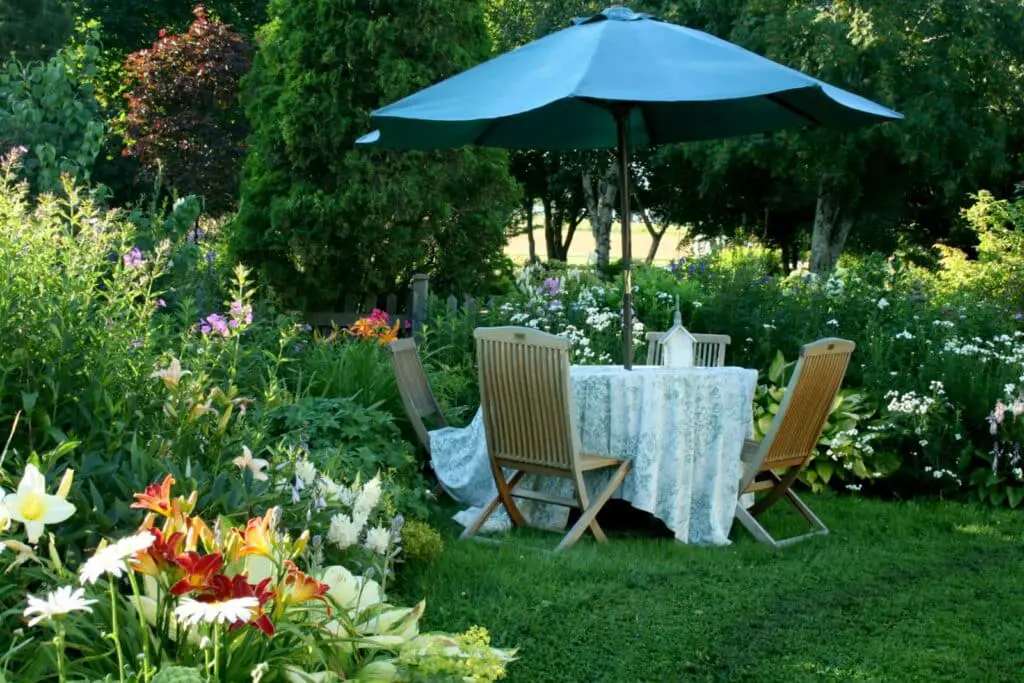
What is the purpose of a fairy garden?
A fairy garden is a landscape where humans experience connection with other life such as plants, animals and the fae. Fairy gardens are both naturally occurring and created. Naturally occurring fairy gardens are landscapes where humans experience a heightened awareness of fairy energy.
The purpose of a fairy garden goes beyond just being a creative and whimsical display; it serves as a conduit to nurture our imagination, foster a connection with nature, and evoke a sense of wonder and enchantment in our lives. These miniature landscapes hold a special place in the hearts of people of all ages, offering numerous benefits that extend far beyond their magical appearance.
First and foremost, fairy gardens are an avenue for sparking creativity and imagination. Designing and crafting these tiny enchanted worlds encourages us to think outside the box, dream big, and embrace the fantastical. It provides an opportunity to escape the mundane and tap into a realm where anything is possible, a world that resonates deeply with our inner child and reminds us to keep a sense of wonder alive.
Secondly, fairy gardens offer a chance to connect with nature on a smaller scale. They provide an intimate space for cultivating plants and learning about the care of various miniature flora. This engagement with nature fosters a sense of responsibility and appreciation for the environment, encouraging us to be more mindful of the natural world around us.
How do I keep my fairy garden from blowing away?
To keep your tiny tiny pieces from blowing away. Glue them to a nail or a golf tee. balance then while drying. Thank you ladies!
Keeping your fairy garden from blowing away requires some strategic planning and securing techniques to ensure its magical elements remain intact even in windy conditions. With a few simple steps, you can safeguard your whimsical creation and prevent it from being carried away by gusts of wind.
Choose the Right Location:
Opt for a sheltered spot for your fairy garden, such as a corner of your patio or against a wall. This helps create a natural barrier that reduces the direct impact of strong winds.
Select a Weighted Container:
When choosing a container for your fairy garden, go for a heavier option made of materials like ceramic, concrete, or thick resin. The added weight will provide stability and prevent the container from tipping over during windy weather.
Anchor Large Elements:
If you have larger fairy accessories, such as furniture or figurines, anchor them to the ground or container using hot glue, craft glue, or small stakes. This will prevent them from being blown away or knocked over by strong winds.
Secure with Rocks and Pebbles:
Place small rocks, pebbles, or decorative stones around the base of the fairy house and other accessories. This will add weight and stability, preventing them from toppling over.
Use Velcro or Adhesive Putty:
For lightweight accessories or small items, use Velcro strips or adhesive putty to secure them to the container or other fixed elements. This allows for easy adjustments while keeping them in place during windy conditions.
Choose Wind-Resistant Plants:
If you have live plants in your fairy garden, opt for wind-resistant varieties like succulents or small shrubs. These sturdy plants can better withstand windy conditions.
Temporary Shelter:
During severe weather or storms, consider temporarily moving your fairy garden indoors or to a more protected area to ensure its safety.
Check Regularly:
Inspect your fairy garden periodically, especially after windy days, to ensure all elements remain secure. Make any necessary adjustments or reattachments as needed.
What Material Is Used For Fairy Houses?
Gather Your Supplies:
- Sticks of varying types.
- Tree bark.
- Small stones or rocks.
- Moss.
- Pinecones and pine needles.
- Feathers.
- Freshly picked flowers, leaves & ferns.
- No glue is required, unless you would like a more secure structure.
Natural Materials
One of the most common and captivating choices for fairy houses is natural materials. Twigs, branches, and bark are often used to construct the walls and roof, evoking a rustic and woodland charm. Small stones, pebbles, and shells are employed as embellishments to create pathways, adornments, or even miniature gardens around the fairy house.
Polymer Clay
A favorite material for crafting intricate and detailed fairy houses is polymer clay. It allows for intricate details such as windows, doors, and delicate decorations.
Wood
Using wooden materials like popsicle sticks or small wooden blocks offers a simple and natural option for constructing fairy houses. They can be easily assembled using glue or nails and can be painted or stained for added charm.
Resin or Plaster
Resin or plaster molds are used to create fairy houses that have a smooth and polished finish. These molds allow for intricate designs and can replicate the appearance of stone or concrete.
Recycled Materials
Fairy houses made from recycled materials bring a touch of eco-friendliness to the enchanting world.
Glass Containers
Glass containers like small terrariums or old glass jars can also be repurposed as fairy houses. Their transparency allows for a unique view of the interior and provides opportunities to create an ethereal and dreamlike environment.
Ceramic or Porcelain
Delicate and intricately designed ceramic or porcelain fairy houses add an element of elegance and sophistication to any fairy garden.
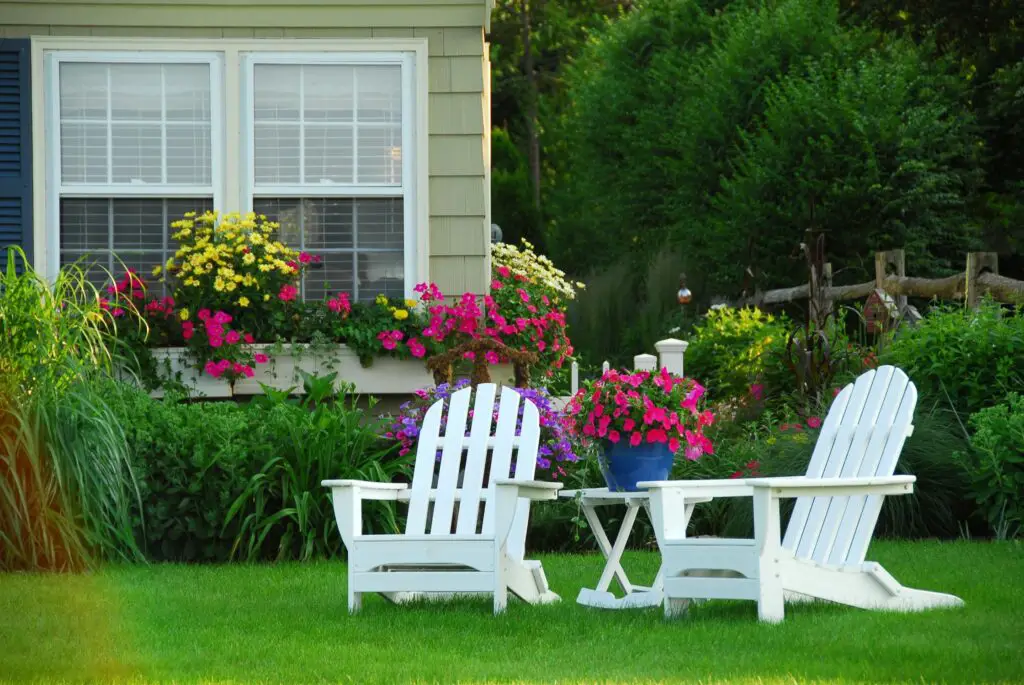
Conclusion
Creating a fairy garden outdoors is a captivating and rewarding journey that transports us to a world of enchantment and wonder. From envisioning the magical theme and selecting the perfect container to curating a landscape that mirrors the fairy realm, every step of the process allows us to infuse our creativity and imagination into this miniature sanctuary.
The purpose of a fairy garden goes beyond its ornamental appeal; it serves as a conduit for nurturing our inner child, fostering a deep connection with nature, and providing a source of relaxation and joy. These magical gardens offer a haven where fairy garden creativity flourishes, and the mundane is transformed into the extraordinary.
To ensure the success of an outdoor fairy garden, it’s crucial to choose the right location and container while considering the size and types of plants and accessories that harmonize with the theme. Maintaining a well-tended and harmonious garden fosters a sense of responsibility and respect for the natural world, as we engage in nurturing the tiny flora and creating a magical home for imaginary fairies.



